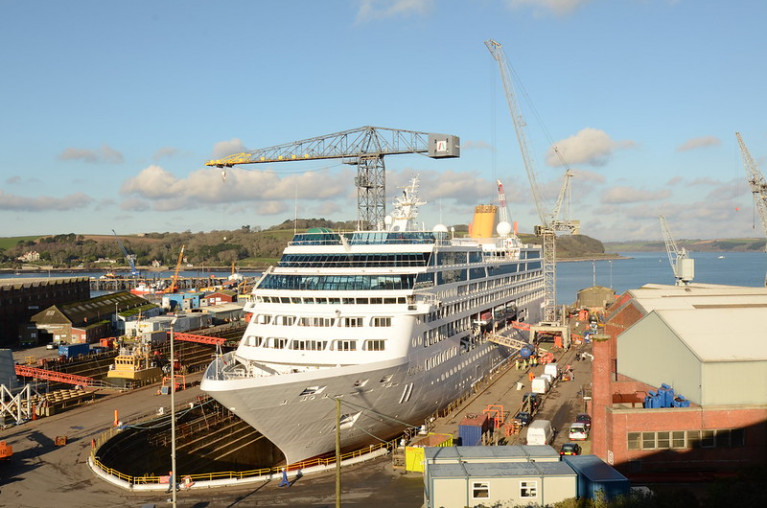Displaying items by tag: Falmouth Docks
The UK ship repair and ship building specialist the A&P Group has announced the appointment of its new group managing director.
Eddie Purves takes the lead of A&P’s three facilities located on the Tyne, Tees and Falmouth, following more than 36 years at BAE Systems.
He joined BAE Systems in 1985 as an electrical apprentice and worked on many key commercial and warship shipbuilding programmes. Throughout his career, Eddie has been involved in a total of 36 new build projects.
In 2003, Eddie joined the Aircraft Carrier Alliance, where he led on the development of the outfit strategy and block build outsourcing for the HMS Queen Elizabeth and HMS Prince of Wales.
He took on the role of Ship build Delivery Director in 2017, leading the operations team building three £1 billion Type 26 vessels, HMS Belfast, HMS Cardiff and HMS Cardiff, leading a workforce of more than 1,500 people.
Eddie will now draw upon his extensive expertise to lead A&P Group’s three facilities in Tyne, Tees and Falmouth and which includes, Falmouth Docks and Engineering Company.
David McGinley, Chief Executive Officer said: “Eddie has become Group Managing Director of A&P at a pivotal time, as we stand ready to deliver the Government’s National Shipbuilding Strategy and other national infrastructure projects.
“Eddie is one of the UK’s leading shipbuilding specialists in both the defence and commercial sectors and I am delighted he has joined A&P as we enter our next phase of growth.
“Eddie will now lead the delivery of our block build, ship repair, conversion and in-service support portfolio and I am delighted to welcome him to the Group.”
A&P Group has demonstrated its block build capability through the Aircraft Carrier Alliance, the more recent construction of the stern section of the RRS Sir David Attenborough and ongoing commercial fabrication projects, which includes delivering Dreadnought on behalf of BAE.
The company continues to support the Royal Navy and Royal Fleet Auxiliary through its ongoing in-service support contract with the RFA fleet to support Bay Class vessels RFA Mounts Bay, RFA Cardigan Bay and RFA Lyme Bay – as well as RFA Argus and HMS Scott.
A&P’s three facilities supports shipbuilding communities across the country. A&P employs 650 employees and supports thousands of subcontractors.
Over the past decade, A&P’s apprenticeship scheme has recruited hundreds of apprentices. A&P Group delivers significant social value to the UK and is in a strong position to support the Government’s levelling up agenda.
Eddie Purves, Group Managing Director at A&P Group said: “The combination of A&P’s strong track record in delivering and supporting vessels of vital national importance, its facilities, and regional profile means it is well placed to work alongside bidders to deliver three world-class Fleet Solid Support ships that will increase the capability and development of the Carrier Strike Group.
“I am looking forward to supporting A&P through this exciting chapter of national shipbuilding and supporting the UK Government in the delivery of its national infrastructure programmes.”
























































